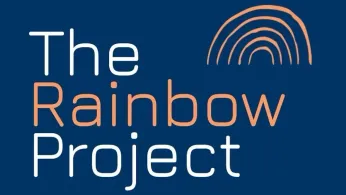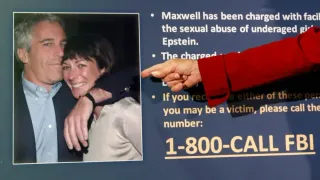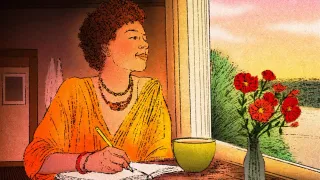
4 hours ago
The Rainbow Project’s New Archive: Queer Kids’ TV Gets Its Own Time Capsule
READ TIME: 3 MIN.
For decades, queer kids watching cartoons, movies, and Saturday morning TV were forced into a game of “spot the subtext. ” Queer-coded villains. Ambiguous best friends. Rainbow flags tucked neatly in the background—if you squinted just right. But now, the Rainbow Project is making sure those moments, along with the bold, beautiful breakthroughs of today, aren’t just remembered—they’re celebrated, catalogued, and made unmissable for all .
The freshly launched archive, announced by the LGBTQ media advocacy group The Rainbow Project, is believed to be the first of its kind: a comprehensive digital collection devoted to LGBTQ representation in children’s television and film . The timing is no accident. As media battles over bans and representation heat up worldwide, having a living record of queer presence in kids’ media is both a cultural flex and a form of resistance.
Let’s be honest: for so many in the LGBTQ community, childhood media offered both escape and frustration. “We remember what it felt like to watch TV and never see ourselves—not really, ” says Rainbow Project co-founders Joe Farrell and Chris Kindler. “But when there was even a hint of queerness—a coded look, a familiar flag, a character who felt like us—it meant everything” .
Now, with shows like “She-Ra and the Princesses of Power,” “Steven Universe,” and “The Owl House” proudly centering LGBTQ characters and storylines, the archive doesn’t just highlight how far we’ve come. It also honors the creators, fans, and advocates who fought for those moments, often against immense odds .
The archive itself is ambitious. It spans decades of TV and film, from early whispers of queerness in children’s media to today’s unapologetically out-and-proud shows. Each entry includes context: was this a blink-and-you’ll-miss-it cameo, or a groundbreaking main character? Was the representation nuanced, or a case of blinkered tokenism?
The launch comes at a time when LGBTQ visibility in youth media is both more robust and more contested than ever. For every rainbow-wrapped cartoon protagonist, there’s a political pushback or attempted ban making headlines Media scholars and activists are quick to point out the archive’s dual purpose: it’s a scholarly resource and a toolkit for advocacy. Teachers, parents, and activists can cite specific examples, showing not just that queerness exists in the world children navigate, but that it’s been present—and positive—in their media for years .
There’s also a deeply personal angle. For many LGBTQ adults, revisiting the media of their youth through this archive is an act of healing. It’s proof that even in the most coded or fleeting appearances, queer people have always found ways to write ourselves into the narrative—even when doors were slammed shut.
Perhaps the most powerful aspect of the archive is its sense of joy and reclamation. It’s a digital museum, yes, but it’s also a living celebration of queer cultural impact. Every entry is a reminder that LGBTQ presence in kids’ media isn’t new—it’s just finally being honored with the care and context it deserves.
The Rainbow Project is inviting fans, scholars, and creators to contribute, share memories, and help expand the collection. The invitation is clear: this isn’t just an archive for academics, but a community space for anyone whose heart leapt at the sight of a rainbow pin, a loving two-mom family, or a gender-nonconforming hero saving the day .
As debates rage over what children should see, the Rainbow Project’s archive answers with a vibrant, undeniable truth: queer stories have always been here, coloring the worlds we grow up in. Now, at last, they have a home as fabulous and resilient as the community itself.






